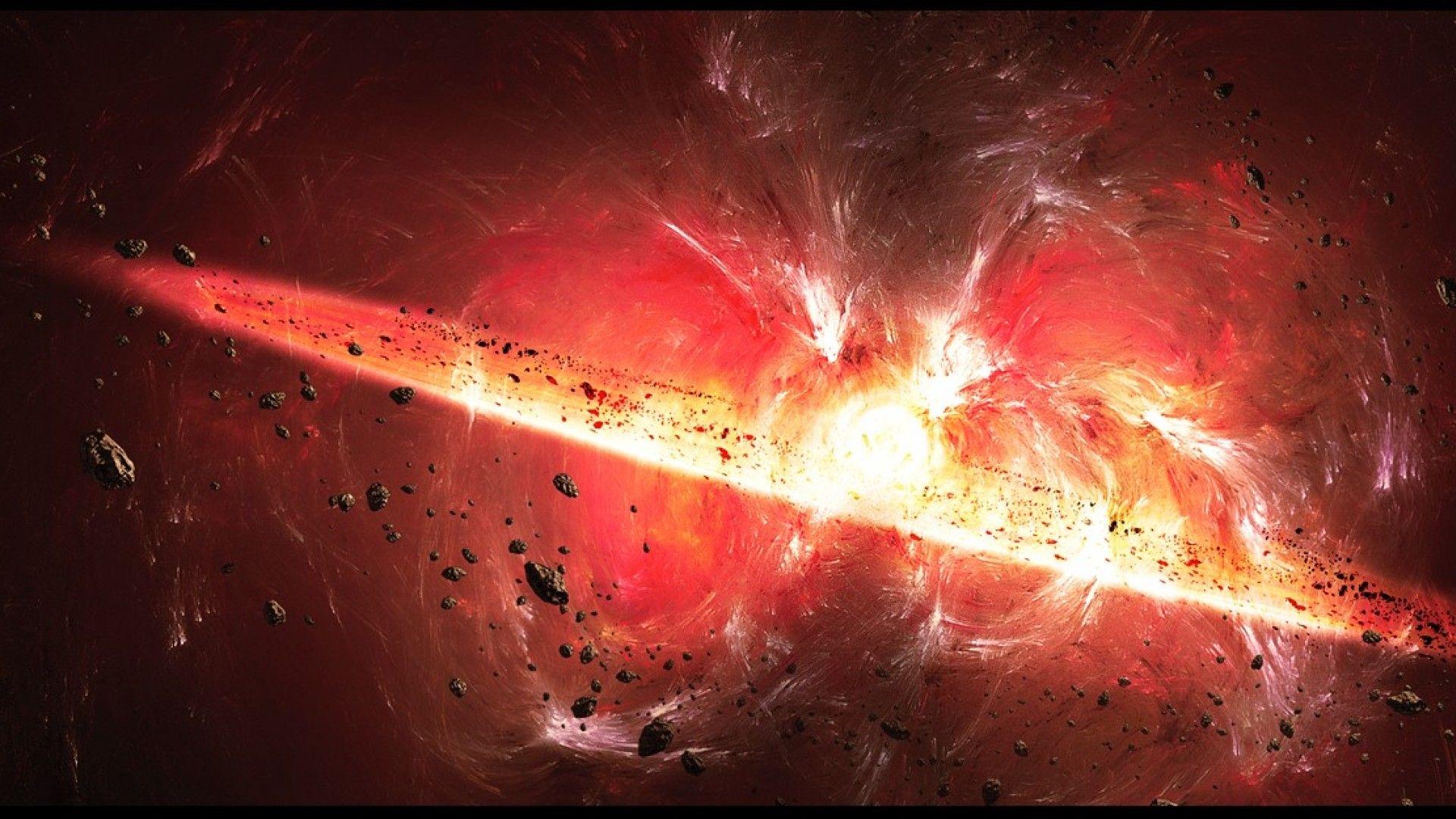THE BIG BANG THEORY - PART 1
THE BIG BANG
JOURNEY TO THE PAST
⏳⌛⏳
Georges Lemaître was the father of the big bang theory in(1894-1966)
There are different theories for how the universe began.
The big-bang theory is the one of the theory say's that it began when a tiny but denser mass of the energy's explored. And it say that the universe had been expanding.... , after big bang theory 3,80,000 years in space there is no light 💡 . It maintain's plasma temperature is called DARKTIME.
The speed of light constant throughout the universe and is known to high precision. In a vacuum, light travels at 670,616,629 mph (1,079,252,849 km/h). To find the distance of a light year, you multiply this speed by the number of hours in a year (8,766). The result: One light-year equals 5,878,625,370,000 miles (9.5 trillion km). At first glance, this may seem like an extrem distance, but the enormous scale of the universe dwarfs this length. One estimate puts the diameter of the known universe at 28 billions light year indiameter
The universe are divided into two parts
1:- Observable universe
2:- unknown universe
with these particles the atoms and matter were made
The observable universe can be thought of as a sphere that extends outwards from any observation point for 46.5 billion light-years, going farther back in time and more redshifted the more distant away one looks.
Light does not travel instantaneously between points in space. It has a finite speed "c", measured experimentally to be about 3 x 108 meters/second (or about 1.1 x 109 kilometers/hour. Flying at this rate you could get from NYC to Tokyo in about 1/30th of a second.)
Since light takes time to travel, we never actually see the current moment. Looking down at your hand, you do not see it as it is right now, but rather as it was a miniscule fraction of a moment earlier. Now, this interval is so small, given the short distance between your retina and your hand, that the difference is utterly negligible. In fact, bound by Earth's meager scope, the phenomenon isn't really worth mentioning.The discrepancy becomes significant, however, when exploring much larger distances. Light years, for example. A light year is the distance light travels in one year. If you look at a star that's 50 light years away, you are seeing it as it was 50 years ago. Thus the deeper you peer into space, the farther you are seeing back in time. If this star had exploded 49 years ago, in a spectacular event called a Supernova, we would not know it until 1 more year from now.
Likewise, any event that happened beyond a certain point in the past is unknowable to us if the signal from it hasn't had time to reach us. It is not that our telescopes are too weak, or our instrumentation insensitive. We simply do not yet have access to the information. (No matter how prolific a reader you may be, you'd be hard pressed to read a friend's email if it has yet to arrive in your inbox.)As a consequence of this limitation, astronomers often refer to the observable universe, a term referring to the volume of space that we are physically able to detect. The question of what lies outside this observable region is a tempting one to ponder. Yet inspiring though it may be, there is a certain futility in such a pursuit.
Unkown universe
On 21 March 2013, the European Space Agency released a map of the afterglow of the Big Bang. Taking in 440 sixtrillion kilometres of space and 13.8 billion years of time, it is physically impossible to make a better map: we will never see the early Universe in more detail.
In just ten chapters, THE UNKNOWN UNIVERSE presents a state-of-the-art guide to the science of cosmology, how it got to where it is now – and where it might go next. We have gathered more data about the Universe than ever before and used it to fashion an understanding that stands as an unparalleled achievement in human history. But... The more precisely we look, the more gaps we see in that understanding. Are these merely the final details of the cosmos that need explaining? Or are they the first cracks that show our ideas to be fatally flawed? This book will explore the modern mysteries of the Universe, and argue that a scientific revolution every bit as huge as those triggered by Newton and Einstein is just around the corner.
TO BE CONTINUED WITH THE NEXT PART


Comments
Post a Comment